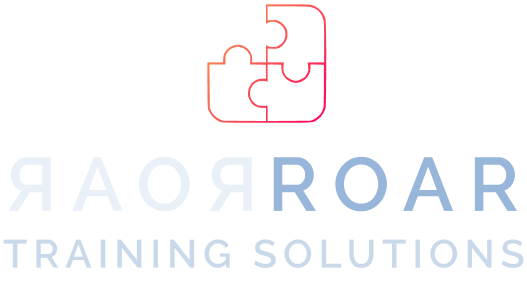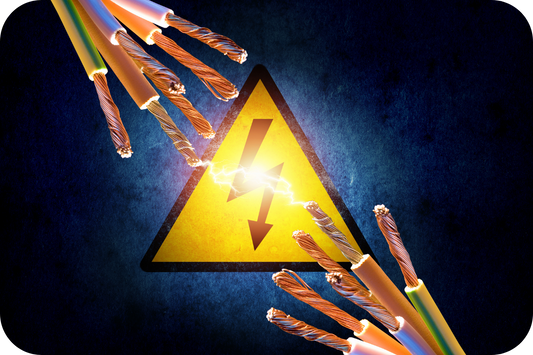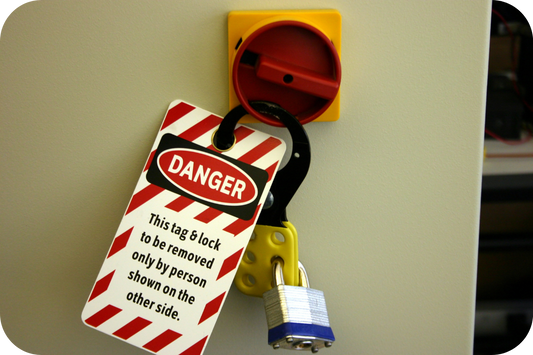FAQs
Upon successful completion of our electrical courses, you will receive a Statement of Attainment or Qualification that verifies your ability to safely work with electrical systems in specific environments. This certification is recognised by regulatory bodies and industry standards in Australia.
}
These courses vary in difficulty, depending on the level of expertise required. For example, basic courses like LVRCPR may be suitable for beginners in the electrical trade, and focus on general safety practices. Advanced courses like High Voltage Switching and EEHA are designed for experienced electricians or engineers working in specialised environments, such as mining across Australia.
}
Trade training for an Electrical Testing Safety course focuses on ensuring the safety of workers involved in electrical testing. It's an essential for anyone interested in an electrical career. Topics include risk assessment, electrical testing equipment, insulation resistance testing, testing procedures, and safety precautions for working with electrical systems. It also covers the identification of hazards and the use of personal protective equipment (PPE) and testing tools.}
The EEHA course is designed for those working in environments where explosive atmospheres may be present, such as in oil and gas, mining, or chemical industries. The course covers the selection, installation, maintenance, and inspection of electrical equipment in hazardous areas to ensure that all electrical installations comply with safety standards and regulations.
}
Low Voltage Rescue (LVR) is the process of rescuing someone who has been electrocuted by low-voltage electrical systems, while CPR (Cardiopulmonary Resuscitation) is the life-saving technique used when a person is not breathing. A Low Voltage Rescue and CPR course teaches you how to safely isolate the power, conduct rescue procedures, and perform CPR on an individual who has suffered an electrical shock.
}
A High Voltage Switching course trains individuals in the safety procedures and techniques for switching electrical circuits that operate at high voltage levels. This includes understanding equipment like circuit breakers, isolation procedures, lockout/tagout (LOTO) systems, and emergency protocols for high-voltage systems.
}
Electrical courses teach essential skills for working safely with electrical systems, equipment, and machinery. These courses cover a wide range of topics, from safety procedures to technical knowledge, ensuring that workers can perform electrical tasks safely and efficiently while complying with industry standards.
}
Course duration depends on the topic and complexity of the training.
For example:
- Low Voltage Rescue (LVR/CPR) 2-4 hours.
- High Voltage Switching (HVS) 3-5 days.
- Electrical Equipment in Hazardous Areas (EEHA) 3-5 days.
- Electrical Testing Safety can range from 1 day to several days depending on learner speed.
This course is designed to be completed online rather than in our Cooroy training facilities. You'll get access full support from a dedicated trainer assigned to you, plus, you can learn and complete the course at your own pace.
}
Some courses, like Low Voltage Rescue or Electrical Testing Safety, may be suitable for those with no prior experience, while others, such as High Voltage Switching or EEHA, may require a certain level of experience in the electrical field, such as being a qualified electrician or having prior training in electrical safety.
}
While some theoretical components of electrical courses, such as risk management or safety protocols, may be available online, most of these courses require hands-on training due to the practical nature of the subject matter. High Voltage Switching, for example, involves practical exercises that are best learned in a controlled environment.
}
Course fees can vary significantly depending on the type, length, and level of certification. For example:
- Low Voltage Rescue (LVR/CPR): $120
- High Voltage Switching: $2399
- Electrical Equipment in Hazardous Areas (EEHA): $2099
- Electrical Testing Safety: $180}
The type of course you need depends on your role and the work you do. If you work with low-voltage systems, a Low Voltage Rescue (LVR) or Electrical Testing Safety course may be most relevant. For those working in high-risk environments or with high-voltage systems, courses like High Voltage Switching or EEHA would be more appropriate. Check your industry’s safety requirements or speak with your employer to determine the best course for your needs.
}
Prerequisites depend on the course. For example:
- Low Voltage Rescue (LVR/CPR): May require a basic understanding of electrical safety.
- High Voltage Switching: Typically requires previous electrical training or certification.
- EEHA: May require familiarity with electrical systems and safety standards. Make sure to review the course requirements before enrolling.
}
Many electrical certifications, such as High Voltage Switching or EEHA, need to be renewed every 1 to 3 years, depending on the standards set by your industry or country’s regulatory body. Continuing education or refresher courses are often required to stay up-to-date with the latest safety protocols and regulations.
}
Completing an electrical course can open up various job opportunities depending on the specialisation, such as:
Electrical Technician
High Voltage Operator
Electrical Safety Officer
Electrical Maintenance Engineer
Hazardous Area Technician These roles are commonly found in industries like energy, manufacturing, construction, mining, and oil and gas.
}




